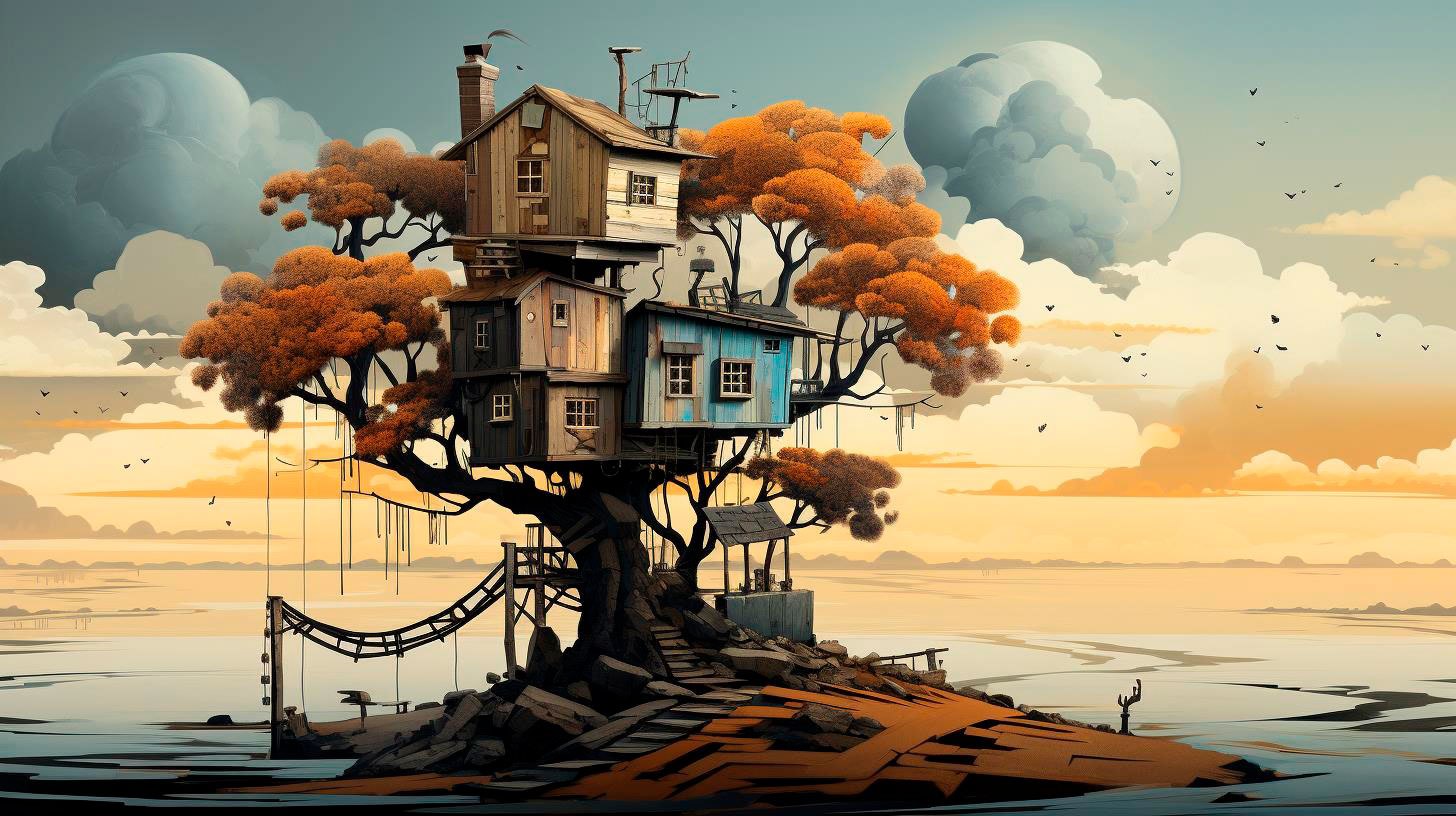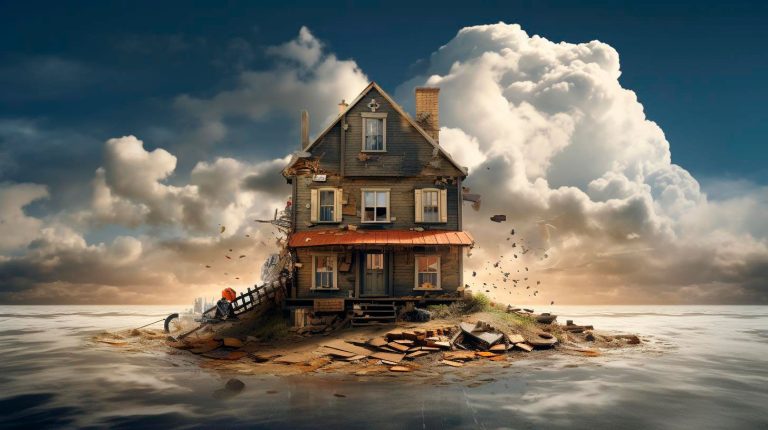Know your subjects
Before you embark on a wildlife photography adventure, take some time to research and understand the behavior, habitats, and characteristics of the animals you wish to capture. This knowledge will help you anticipate their actions and improve your chances of getting those perfect shots.
Key Takeaway: Knowing your subjects will enable you to better anticipate their movements, increasing your chances of capturing unique and extraordinary moments.
Use the right equipment
Investing in quality photography equipment is essential for mastering wildlife photography. While a high-resolution camera with interchangeable lenses is the ideal choice, you can still capture remarkable images with a telephoto or zoom lens. Additionally, invest in a sturdy tripod and a good camera bag to protect your equipment during your adventurous journeys.
Key Takeaway: Using the right equipment, such as a camera with a telephoto lens and a tripod, will help you capture sharp and detailed images, even from a distance.
Patience is key
Photographing wildlife requires patience, as animals often exhibit unpredictable behavior. Take your time, find a good vantage point, and wait for the perfect moment to click the shutter. Patience can significantly increase your chances of capturing captivating and unique shots.
Key Takeaway: Patience is crucial when photographing wildlife, allowing you to capture exceptional photographs of animals in their natural habitats.
Understand and use composition techniques
Composition plays a vital role in wildlife photography. Understanding the rule of thirds, leading lines, and framing can help you create visually pleasing and compelling images. Experiment with different angles, perspectives, and focal lengths to enhance the impact of your shots.
Key Takeaway: Applying composition techniques like the rule of thirds and leading lines can add depth and interest to your wildlife photographs, resulting in visually striking images.
Adapt to different lighting conditions
Lighting can make or break a photograph. In wildlife photography, the golden hours of sunrise and sunset offer the most magical light. Venture out during these times to capture warm, soft, and dramatic lighting that will enhance the beauty of your wildlife subjects.
Key Takeaway: Make the most of the golden hours of sunrise and sunset for capturing stunning shots with magical lighting, adding a touch of awe to your wildlife photography.
Practice ethical wildlife photography
Respecting and protecting wildlife should always be a top priority for any wildlife photographer. Avoid disturbing or approaching animals too closely, as this can cause stress and alter their natural behavior. Maintain a safe distance and never compromise the well-being of animals for a photograph.
Key Takeaway: Ethical wildlife photography emphasizes the importance of respecting and safeguarding the well-being of animals, enabling you to capture extraordinary shots without causing harm to the wildlife.
Experiment with camera settings
Understanding your camera settings is essential for capturing wildlife shots. Experiment with different shutter speeds, apertures, and ISO settings to achieve the desired effect. Fast shutter speeds freeze motion, while slower speeds can create beautiful motion blur, adding dynamism to your photographs.
Key Takeaway: Experiment with camera settings to creatively capture wildlife shots with different effects, adding variety and uniqueness to your portfolio.
Conclusion: Unleash Your Wildlife Photography Skills
Mastering the art of wildlife photography requires a combination of technical expertise, patience, and a deep understanding of your subjects. By implementing the tips and techniques shared in this article, you can elevate your wildlife photography and capture breathtaking shots that showcase the beauty and magnificence of nature’s creatures.



















+ There are no comments
Add yours